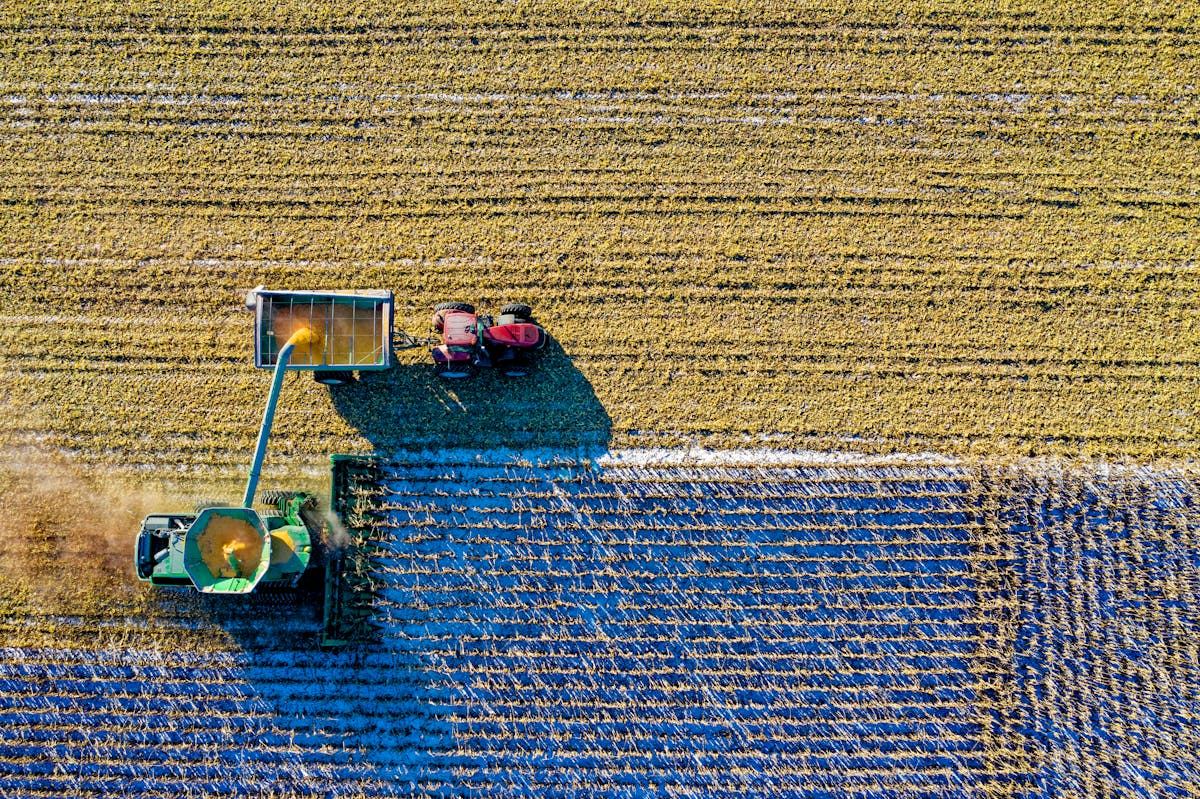Drip Irrigation Maintenance: Preventing Emitter Clogging
Drip irrigation systems offer precision, water efficiency, and labor savings—but only when they're functioning properly. One of the most common issues facing drip systems is emitter clogging, which can significantly reduce irrigation uniformity and crop performance. In this guide, we'll explore practical strategies to prevent and address this critical issue.
Understanding the Causes of Emitter Clogging
Emitter clogging typically falls into three main categories:
1. Physical Clogging
- Suspended particles (sand, silt, clay)
- Organic debris (algae, plant fragments)
- Insect intrusion
2. Chemical Clogging
- Mineral precipitation (calcium and magnesium carbonates)
- Iron and manganese oxidation
- Fertilizer precipitation
3. Biological Clogging
- Bacterial slime
- Algae growth
- Root intrusion
Water Quality Assessment
The first step in preventing clogging is understanding your water quality:
- pH: Higher pH (>7.5) increases risk of mineral precipitation
- Bicarbonates: Levels >120 ppm increase scaling risk
- Iron/Manganese: Levels >0.2 ppm can cause oxidation and clogging
- Total Suspended Solids: Direct correlation with physical clogging risk
Preventative Strategies
Filtration Systems
Proper filtration is your first line of defense:
- Screen filters: Effective for removing larger particles
- Disc filters: Good for medium filtration needs
- Sand media filters: Best for high organic matter and variable water quality
- Automatic self-cleaning filters: Ideal for larger operations
Water Treatment
- pH management: Using sulfur burners or acid injection to maintain optimal pH
- Chlorination: Periodic treatment to control biological growth
- Acidification: To dissolve mineral precipitates and prevent scaling
System Design Considerations
- Proper sizing: Ensure adequate flow rates to prevent sediment accumulation
- Pressure regulation: Maintain consistent pressure throughout the system
- Flush valves: Install at the ends of mainlines and laterals
- Air/vacuum relief valves: Prevent soil ingestion during system drainage
Maintenance Protocols
Regular Flushing
- Flush mainlines, submains, and laterals regularly
- Increase flushing frequency during periods of poor water quality
- Maintain adequate velocity (at least 1 ft/sec) during flushing
Chemical Maintenance
- Acid flushing: Dissolve mineral deposits (typically with phosphoric or sulfuric acid)
- Chlorine treatment: Control biological growth
- Hydrogen peroxide: Alternative for organic matter and biofilm
Monitoring and Inspection
- Regular system evaluation for distribution uniformity
- Pressure testing at various points in the system
- Visual inspection of removed emitters for clogging patterns
Case Study: Vineyard Drip System Recovery
A 120-acre vineyard in Washington state was experiencing significant yield variability due to emitter clogging. Water analysis revealed high bicarbonate levels (180 ppm) and a pH of 7.8.
Solution implemented:
- Installation of a sulfur burner to reduce pH to 6.5
- Upgrade to automatic self-cleaning filters
- Implementation of bi-weekly flushing protocol
- Quarterly acid treatment of the system
Results:
- Distribution uniformity improved from 68% to 92%
- Yield variability reduced by 35%
- Water use efficiency increased by 22%
- ROI on system improvements achieved in less than two seasons
Conclusion
Preventing emitter clogging requires a comprehensive approach that includes proper water treatment, filtration, system design, and regular maintenance. By implementing these strategies, growers can ensure their drip irrigation systems deliver the precision and efficiency they were designed for, maximizing both crop quality and yield.
For personalized recommendations on preventing emitter clogging in your specific operation, contact our irrigation specialists at CTC Waterworks.
